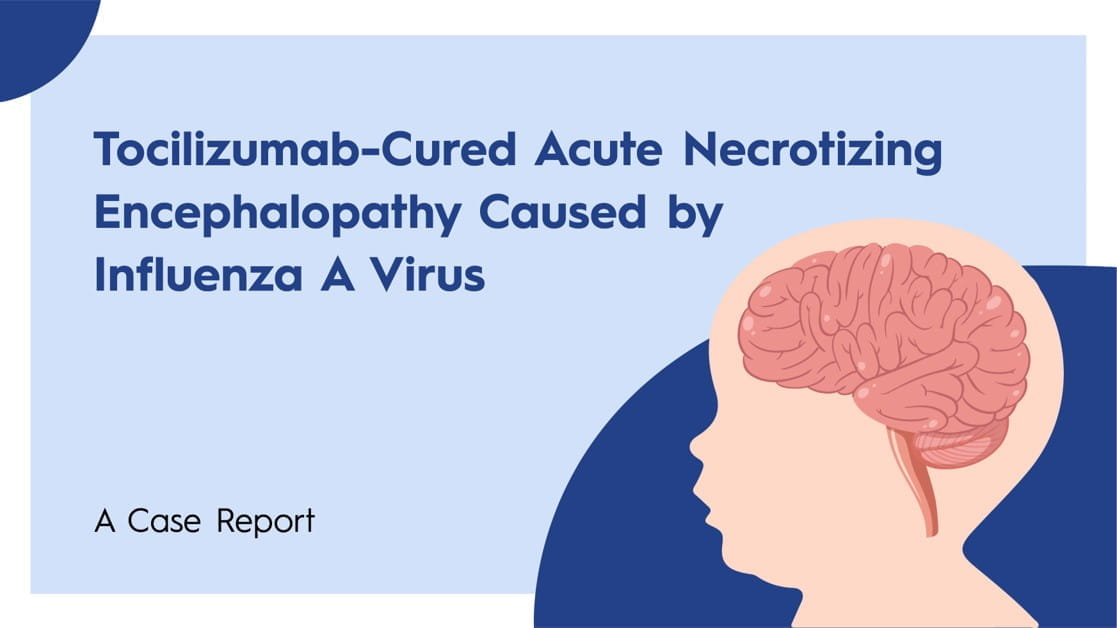The speaker presented the topic of new antibiotics and inhibitors, focusing specifically on beta-lactamase antibiotics and inhibitors. In Switzerland, complex infections caused by multi-drug-resistant (MDR) bacteria are rare, contrasting with the situation in other parts of the world. Challenges faced at the neonatal unit of Charlotte Maxeke Hospital in Johannesburg, South Africa, were highlighted, where infections caused by extensively drug-resistant Acinetobacter baumannii are prevalent. The neonatal operations (neo-ops) study presented involved 3,204 infants with neonatal sepsis across 19 sites in 11 countries. The study revealed that a small proportion of these infants received the WHO-recommended first-line treatment of ampicillin-gentamicin, while an equal number received first-line meropenem. There was a high rate of blood culture positivity and significant mortality, with one in five babies with positive cultures dying. Detailed data showed an overall mortality rate of 11-12%, which varied depending on the pathogen. The highest mortality was associated with Acinetobacter baumannii, with nearly one in three affected babies dying, followed by similar mortality rates for Group B Streptococcus (GBS) and Klebsiella pneumoniae. Klebsiella pneumoniae and Acinetobacter baumannii were the most commonly identified organisms in the study cohort.
The challenge of antimicrobial resistance and MDR pathogens was addressed, highlighting the blurred lines between community-acquired and hospital-acquired infections. An example is provided by neo-ops, showing that pathogens like Acinetobacter and Klebsiella pneumoniae, typically associated with hospital-acquired infections, are common in neonates as early as day two of life. The high resistance rates of these pathogens, particularly Acinetobacter's resistance to meropenem, necessitate the use of colistin in neonatal units. This issue was connected to the WHO's recent update on the bacterial priority pathogens list, noting its alignment with findings from cohort studies. The speaker recommended reviewing a publication by Theuretzbacher, which summarizes the clinical pipeline of antibiotics. It is noted that few new antibiotics have pediatric or neonatal labels, and new drug development is low, with many being variations of existing antibiotic classes, particularly beta-lactam and beta-lactam inhibitor combinations.
The significance of beta-lactams (BL) and their role as antibiotics were discussed. Despite being old, these drugs remain effective due to their powerful mechanism of action, which involves interfering with the formation of the peptidoglycan layer in bacterial cell walls by interacting with transpeptidase. This mechanism is particularly safe for use in humans as it targets a component absent in eukaryotic cells. The role of beta-lactamase inhibitors (BLIs), which structurally resemble BLs and work by irreversibly binding to beta-lactamase enzymes, was explained. This action lowers the minimum inhibitory concentration (MIC) of BLs, thus restoring their efficacy against resistant bacteria. However, the effectiveness of BLIs varies depending on their affinity for different beta-lactamases, making their application complex. Further, the Ambler classification of beta-lactamases and the importance of matching BLIs with specific beta-lactamases were highlighted. An example was provided showing how the addition of the BLI tazobactam to ceftolozane significantly reduces the MIC for extended-spectrum beta-lactamase (ESBL)-producing Klebsiella isolates, demonstrating the practical application and effectiveness of BLIs in overcoming antibiotic resistance.
The complexity involved in matching BLIs with BL and the target pathogen was emphasised. Data on the combination of aztreonam and clavulanic acid against stenotrophomonas illustrates the challenge of achieving the desired effect. The presentation also categorised BLIs into three types based on their structural characteristics: those closely related to beta-lactams, those with a more complex structure, and novel ones containing boronic acid. Furthermore, the speaker highlighted the limited use of boronic acid-containing BLIs, with examples like Cefepime/taniborbactam still undergoing phase three trials. The importance of understanding the pathogens and their resistance mechanisms was highlighted, particularly in paediatric cases where empirical treatment is common. Acinetobacter baumannii was cited as a significant challenge in neonatal intensive care units, with potential promising treatments not yet included in the presentation.
The challenges and complexities associated with trials evaluating novel BL/BLI combinations for the treatment of infections caused by multidrug-resistant Gram-negative bacteria were discussed. The various trials chronologically were highlighted, such as the TANGO trial (Targeting Antibiotic Non-Susceptible Gram-Negative Organisms) for meropenem-vaborbactam and ASPECT-NP (Ceftolozane–tazobactam versus meropenem for treatment of nosocomial pneumonia) for ceftolozane-tazobactam, which often employ open-label designs and non-inferiority endpoints. The expert emphasised the difficulty in interpreting trial results due to endpoint clarity and population selection limitations. The speaker also mentioned RESTORE for imipenem-relebactam, noting its comparison with colistin and the importance of a predictable safety profile, particularly in the paediatric population. Additionally, the trial of piperacillin-tazobactam compared to meropenem highlights the importance of well-designed trials despite negative findings. Furthermore, trials for cefiderocol, ceftazidime-avibactam, and sulbactam-durlobactam, with a specific focus on the latter, which targets Acinetobacter baumannii, were discussed. They highlighted relevant endpoints and non-inferiority statements based on mortality outcomes.
In summary, insights into the paediatric approval status of these treatments and recommendations for their use, particularly in cases of unknown susceptibility, were provided. A key consideration was the prevalence of metallo-beta-lactamases among Gram-negative organisms.
Several limitations associated with BL-BLI combinations in the treatment of bacterial infections were outlined. Firstly, there's the challenge of needing to know the causative organisms and the appropriate BL-BLI combinations for effective treatment. Additionally, these drugs are primarily administered intravenously, often requiring long infusion times, which may not be suitable for certain patient populations like premature babies. Cost is another significant barrier, as these newer antibiotics can be prohibitively expensive compared to older, more widely used options. Furthermore, there's a concerning trend of rapid emergence of resistance to these newer combinations.
Therefore, a more robust approach to tackling antibiotic resistance is needed. Despite the development of new antibiotics, there's justified pessimism, particularly regarding high-priority bacterial pathogens and the antibiotic pipeline. The importance of improving the utilisation of older, off-patent drugs and the necessity of companion diagnostics to ensure appropriate treatment matching with the pathogen and resistance mechanism present, particularly in paediatric populations, was highlighted.
European Society for Paediatric Infectious Diseases (ESPID) 2024, 20th May- 24th May 2024, Copenhagen




